- Avoiding Common Domain Buying Mistakes: A Checklist for Success
- 1. Ignoring Keyword Research
- 2. Choosing the Wrong Domain Extension
- 3. Overlooking Domain Name Length
- 4. Using Hyphens and Numbers
- 5. Neglecting Trademark Research
- 6. Failing to Check for Social Media Availability
- 7. Not Securing Similar Domain Names
- Securing Your Online Future: Smart Domain Buying
Domain Buying Mistakes: 7 to Avoid for Best Results
Domain buying can be a thrilling experience, the first step towards establishing your online presence. But much like navigating a minefield, the process is fraught with potential pitfalls that could hinder your success. Choosing the right domain name is crucial for your website’s visibility, branding, and overall performance. Making the wrong choice can lead to lost traffic, diminished brand authority, and even legal issues down the line. This article will explore seven common domain buying mistakes and provide actionable advice to help you secure the perfect domain name.
Avoiding Common Domain Buying Mistakes: A Checklist for Success

Picking the right domain name isn’t just about finding something available; it’s about strategically selecting a name that aligns with your brand and boosts your online presence. Let’s delve into the seven common pitfalls to avoid.
1. Ignoring Keyword Research
While exact-match domains are no longer the SEO powerhouse they once were, relevant keywords still play a significant role in domain selection. Understanding the language your target audience uses to search for products or services like yours is crucial. Incorporating relevant keywords (where appropriate and without keyword stuffing) can improve your search engine rankings and make it easier for potential customers to find you. Neglecting keyword research can mean missing out on valuable organic traffic. Utilize keyword research tools like SEMrush, Ahrefs, or even Google Keyword Planner to identify relevant keywords for your niche.
2. Choosing the Wrong Domain Extension
The domain extension, also known as the top-level domain (TLD), is the suffix at the end of your domain name (e.g., .com, .org, .net). While .com remains the most popular and generally recommended TLD due to its widespread recognition and trust, other extensions can be suitable depending on your specific needs. For example, .org is typically used by non-profit organizations, while .net is often associated with technology companies. Using an inappropriate TLD can confuse your target audience and damage your credibility. Carefully consider your target audience and choose a TLD that aligns with your brand and intended purpose. New TLDs like .io or .co offer interesting alternatives, but prioritize clarity and relevance.
3. Overlooking Domain Name Length
Shorter domain names are generally easier to remember, type, and share. A long, convoluted domain name can be frustrating for users and increase the likelihood of typos, leading to lost traffic. Aim for a domain name that is concise, memorable, and easy to pronounce. Ideally, keep it under 15 characters if possible.
4. Using Hyphens and Numbers
Hyphens and numbers can make a domain name look spammy and unprofessional. They also increase the chances of users making mistakes when trying to access your website. While there might be exceptions, generally avoid using hyphens or numbers in your domain name. If your desired domain name is taken, consider alternative spellings or brainstorming different names altogether.
5. Neglecting Trademark Research
Before settling on a domain name, conduct thorough trademark research to ensure you’re not infringing on existing trademarks. Using a trademarked name can lead to legal disputes and force you to relinquish your domain, potentially damaging your brand and reputation. Use online trademark databases and consult with a legal professional if necessary.
6. Failing to Check for Social Media Availability
Your domain name should ideally be consistent across all your online platforms, including social media. Check the availability of your chosen domain name on popular social media platforms like Facebook, Twitter, and Instagram. Consistency across platforms strengthens your brand identity and makes it easier for customers to find and connect with you.
7. Not Securing Similar Domain Names
To protect your brand and prevent cybersquatting, consider purchasing variations of your domain name, including different TLDs and common misspellings. This can help prevent competitors or malicious actors from registering similar domains and diverting traffic away from your website. While this might represent an additional cost, it can be a valuable investment in protecting your brand long-term.
Securing Your Online Future: Smart Domain Buying
By avoiding these seven common domain buying mistakes, you can significantly increase your chances of securing a domain name that effectively represents your brand, attracts your target audience, and sets you up for online success. Remember, your domain name is a crucial element of your online identity. Take the time to research, plan, and choose wisely. Investing in the right domain name now can save you headaches and lost opportunities in the future.

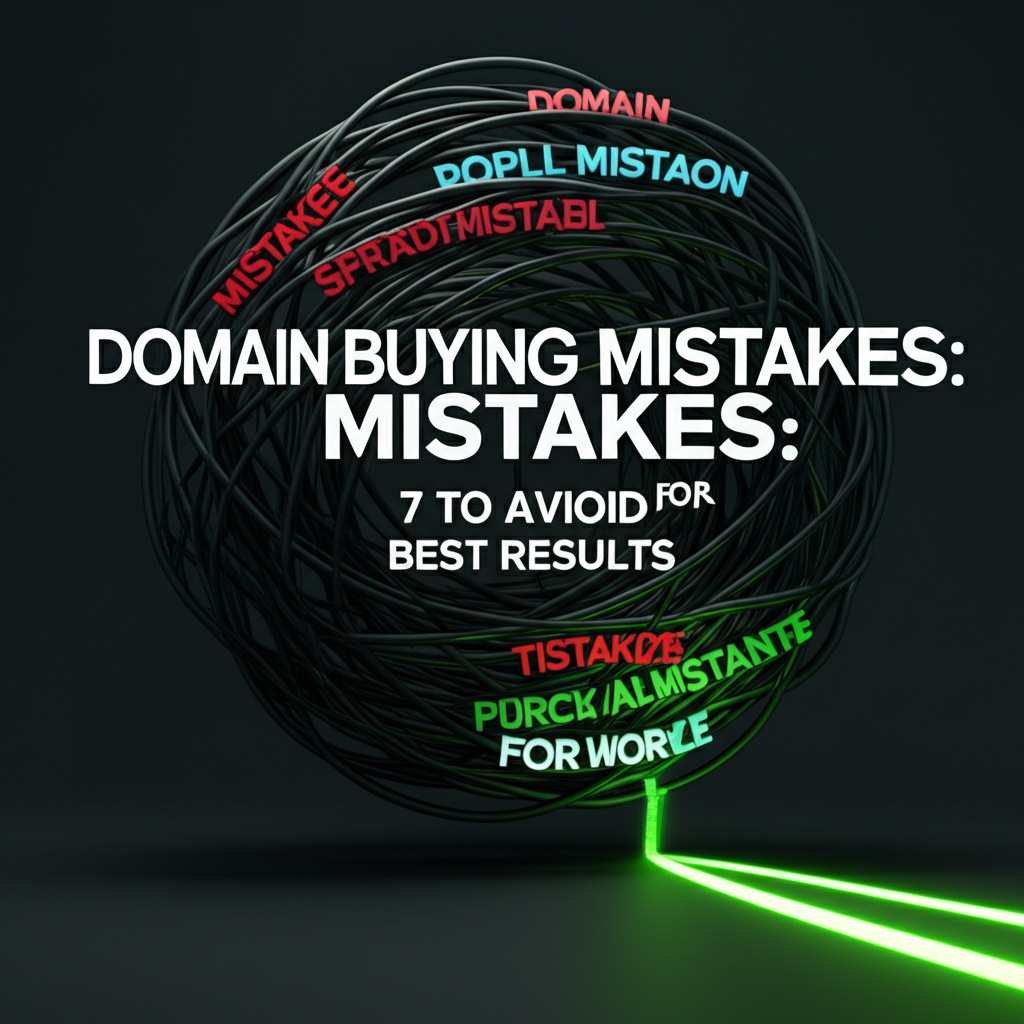


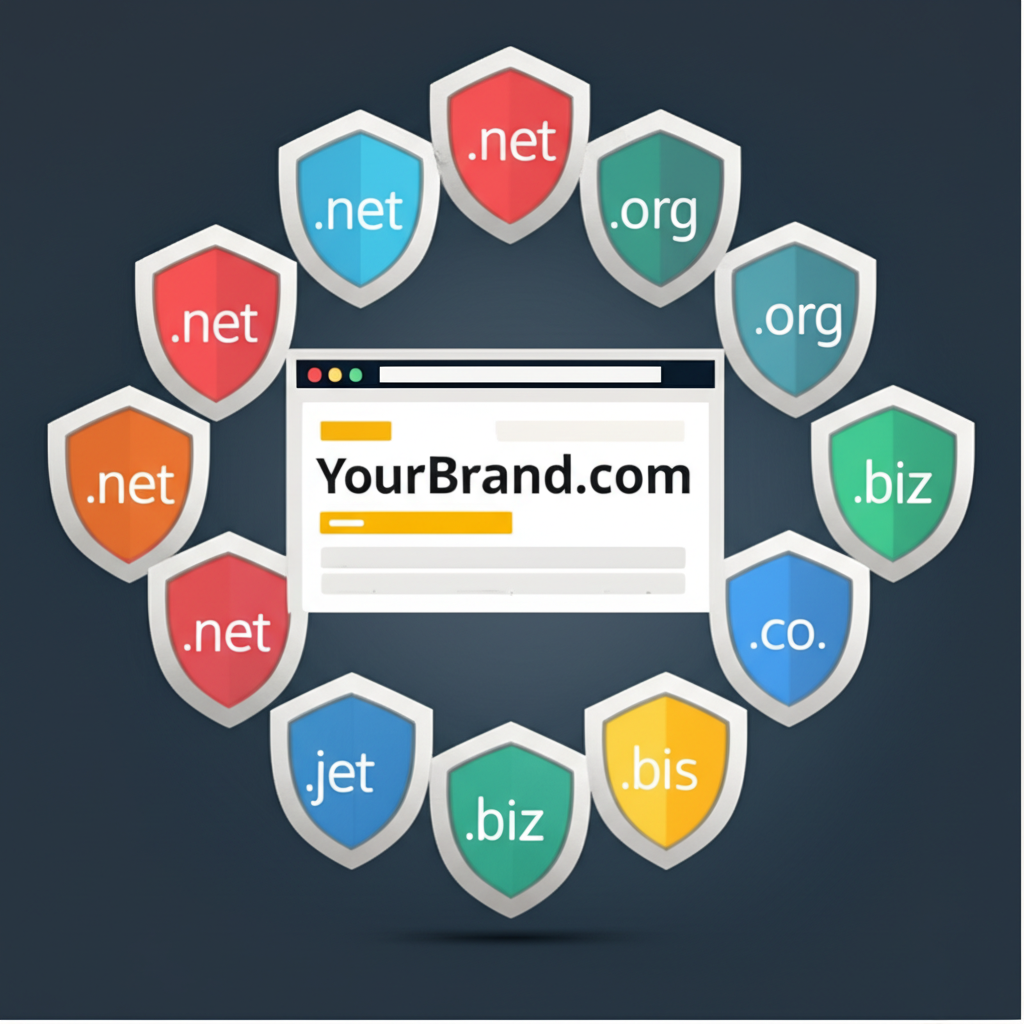
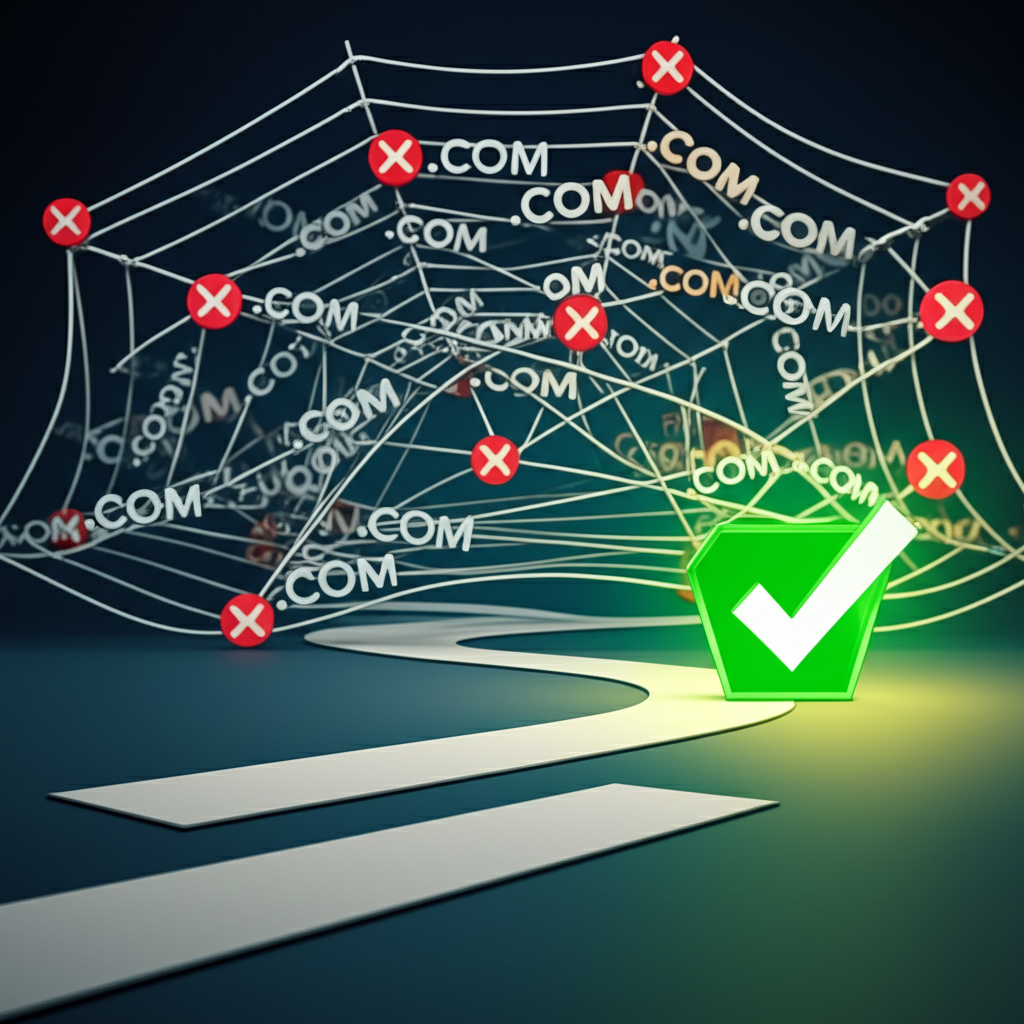

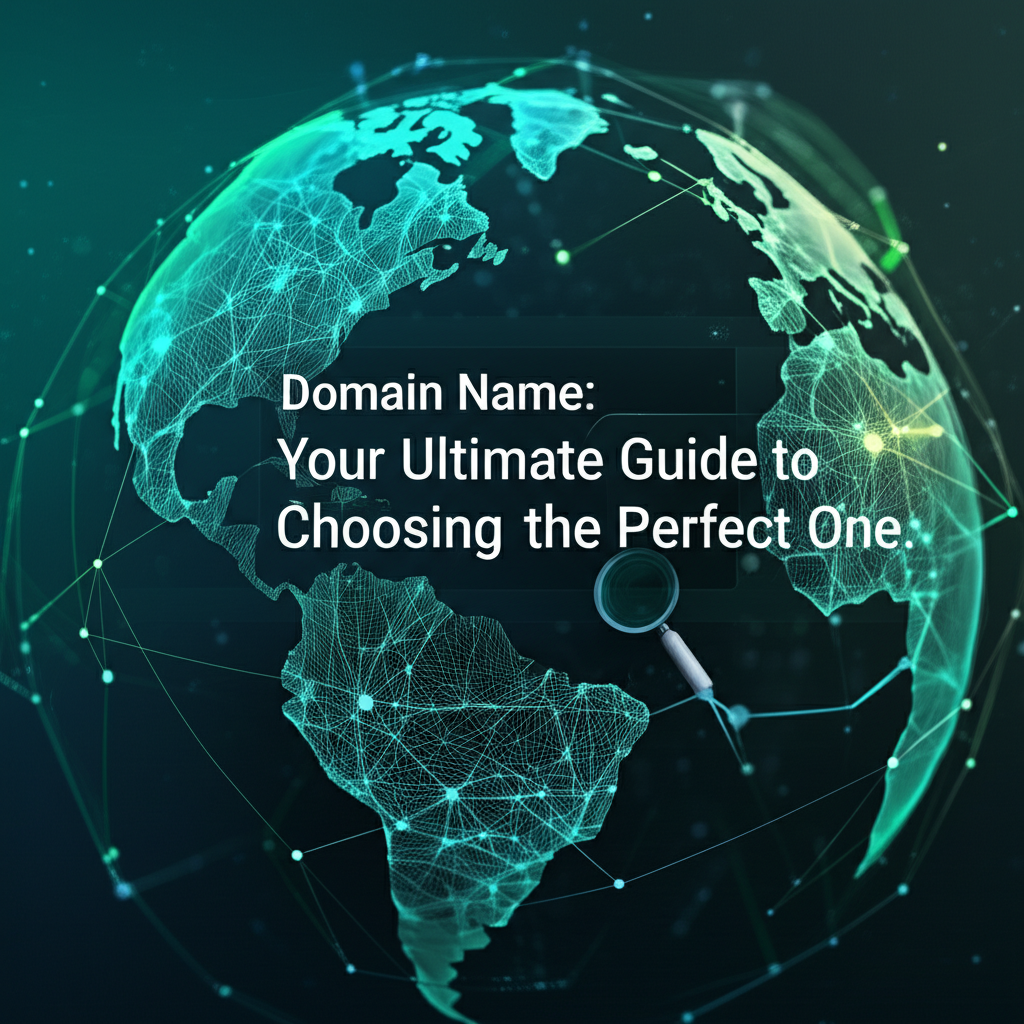



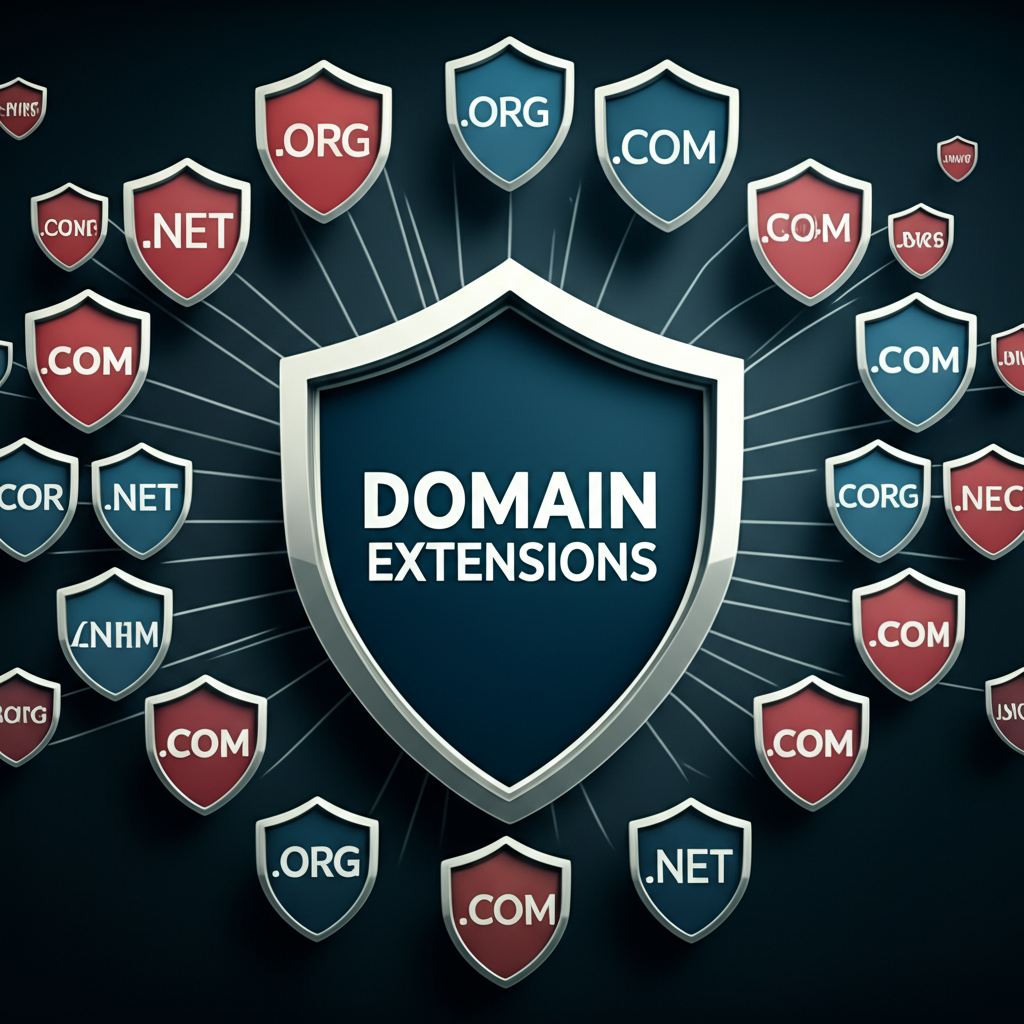



Leave a Reply